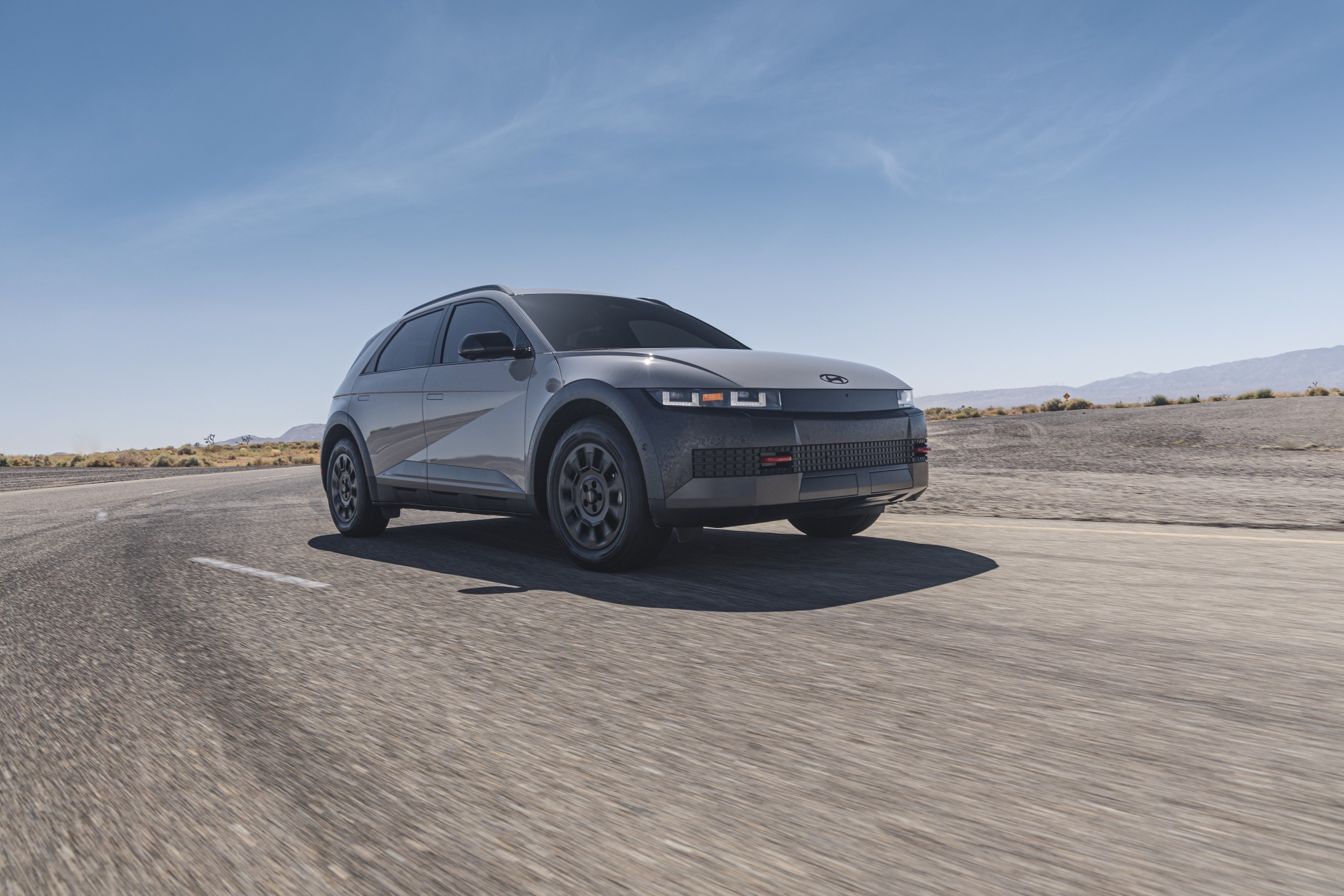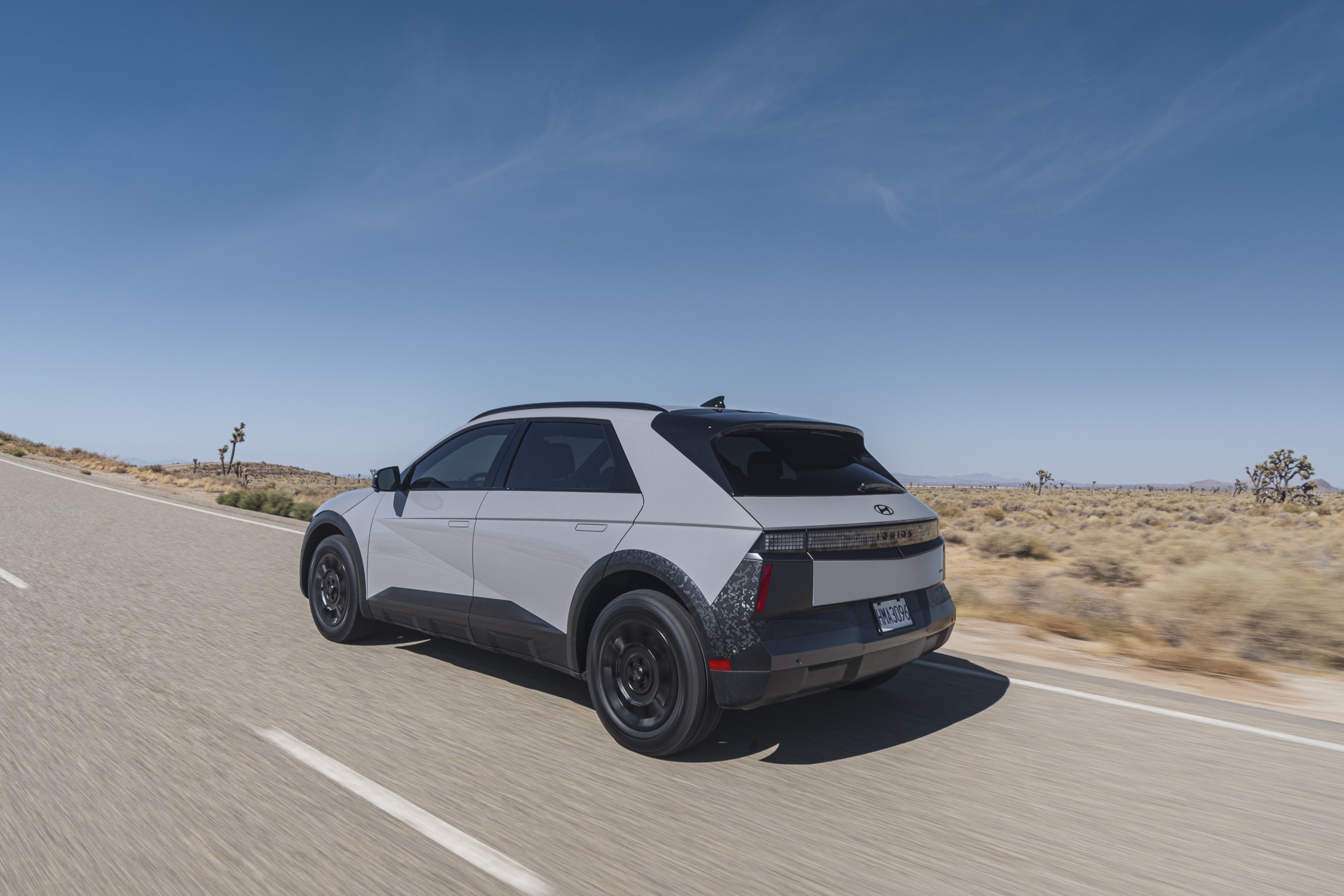Hyundai’s dedication to electric vehicles is evident in the 2025 Ioniq 5. This updated model not only introduces a new rugged XRT variant but also features a native NACS charge port, making it the first non-Tesla vehicle to offer this compatibility.
With increased range and additional features, the Ioniq 5 continues to be a leading contender in the electric crossover market. The inclusion of the NACS charge port is a significant step forward for several reasons.
First, it expands charging options for Hyundai EV owners, providing them with greater flexibility and convenience. Second, it demonstrates Hyundai’s commitment to industry standards and interoperability, ensuring that its vehicles can seamlessly integrate into the broader electric vehicle ecosystem.

Furthermore, the NACS charge port aligns with the growing trend toward standardization in the EV charging infrastructure. As more automakers adopt NACS, it will become easier for drivers to find compatible charging stations, reducing range anxiety and promoting the adoption of electric vehicles. The 2025 Ioniq 5’s introduction of the NACS charge port is a positive development for both Hyundai and the electric vehicle industry.
It underscores Hyundai’s commitment to innovation and sustainability, while also contributing to a more accessible and user-friendly charging experience for EV drivers. Hyundai has significantly enhanced its popular Ioniq 5 electric crossover for the 2025 model year. With improved safety features, a more refined interior, and a substantial increase in battery capacity, the Ioniq 5 offers a compelling package for EV buyers.
Safety has been a priority for Hyundai, and the 2025 Ioniq 5 reinforces its commitment with a strengthened body structure and an expanded airbag system. The vehicle’s interior has also received a makeover, featuring a redesigned infotainment system, updated HVAC controls, and a more intuitive layout.
One of the most notable changes is the increase in battery capacity. The Standard model now boasts a 63 kWh battery, while the Long Range variants offer an impressive 84 kWh capacity. This translates to an extended driving range, allowing the Ioniq 5 to travel up to 310 miles on a single charge.

Hyundai has also taken a significant step by equipping the 2025 Ioniq 5 with a native NACS charge port. This means that Ioniq 5 owners can now access Tesla’s vast Supercharger network without the need for an adapter. This expansion of charging options provides greater convenience and flexibility for EV drivers.
While the charging speed at Supercharger stations may be slower than with Tesla’s vehicles, Hyundai has likely made improvements to the DC/DC converter to mitigate this issue. The 2025 Ioniq 5 offers a compelling combination of safety, performance, and convenience, making it a strong contender in the electric SUV market.

